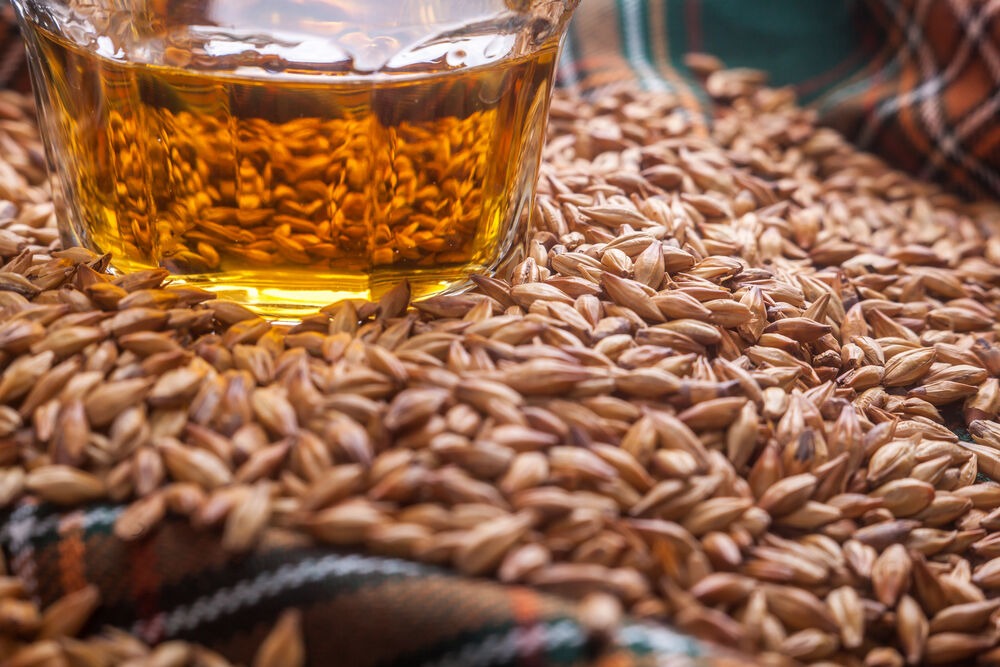Why you should invest in single malt over single grain whiskies
According to Bloomberg, whisky is a hot alternative investment to watch in 2021 for affluent investors looking to diversify their holdings. There are many types of whiskies made from various cereals and grains using different equipment and raw materials. Whiskies that use the most intensive production methods and the finest ingredients are scarcer and therefore reap the most lucrative returns.
While single malt whiskies are made of malt from one distillery using malted barley, single grain whiskies are made of whisky from one distillery using different grains such as wheat, rye, or corn. Read on to learn our three reasons why we recommend investing in single malt over single grain whiskies.
Single malt whiskies have a much lower production volume
Single malt whiskies are much scarcer in supply than grain whisky, contributing to its appreciation in price. To put the production volume into perspective, there are currently seven active grain distilleries and more than 150 active malt distilleries in Scotland. Yet, the annual production volume of the seven grain distilleries combined exceeds the 150 malt distilleries combined. Currently, the largest working grain distillery is Girvan, which has an annual capacity of 110 million litres of alcohol. By comparison, the largest malt distilleries only produce about one-tenth of this volume.
The batch distillation production method of single malt whiskies is more intensive
Unlike other types of whisky, Single Malt Scotch Whisky has strict regulations for its methods of production. These unique requirements protect the quality standard of Single Malt Scotch Whisky and distinguish it from grain whisky. The key difference is in the distillation process.Single Malt Scotch Whiskies are required to be distilled by a batch distillation process using pot stills. As its name suggests, the batch distillation process is done in batches and the capacity is limited by the size of the still. For this process, the wash is refilled and reheated in between batches under the supervision and control of the stillman. After double distillation, the final spirit comes out at roughly 70-75% ABV.On the other hand, grain whiskies can be distilled using continuous column stills. This continuous distillation process allows the column still to be run continuously without needing to stop for refilling and reheating. This means that it requires less manpower and can be run overnight continuously. It can also produce spirits at closer to 95% ABV, yielding much higher volumes of alcohol. This difference in production capacity makes the supply of grain whiskies much higher than malt whiskies.
Single malt whiskies have higher projected returns
Due to the abundant supply of young spirits, grain whiskies generally see very little growth in value at their young age. Grain whiskies average at ~5% growth per year compared to an increase of 15% per year for malt whiskies. Most grain whiskies in the market are supplied to large brands as blends, and very few are bottled as single-cask, collectible whiskies. However, in recent years, more and more old grain whiskies are being released as single casks by independent bottlers and are receiving positive reviews from critics. These are generally whiskies over 40 years old and sell for ~£200-300 per bottle, which is a reasonable price, but still nowhere near that of single malts. We expect grain whiskies to achieve higher yields in the future as single malts continue to grow. Currently, however, single malts take the crown.






